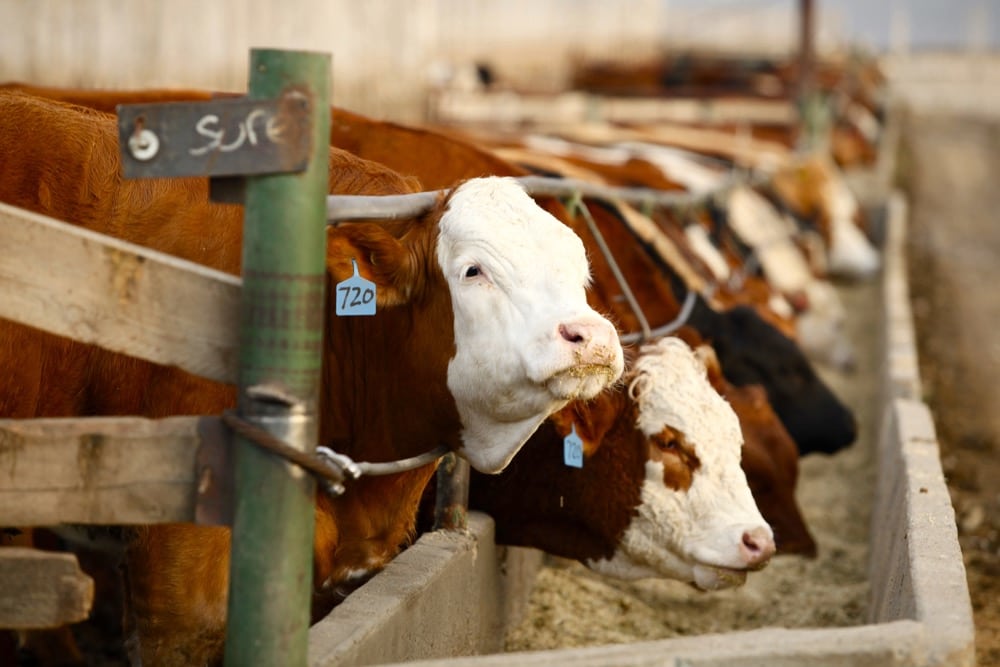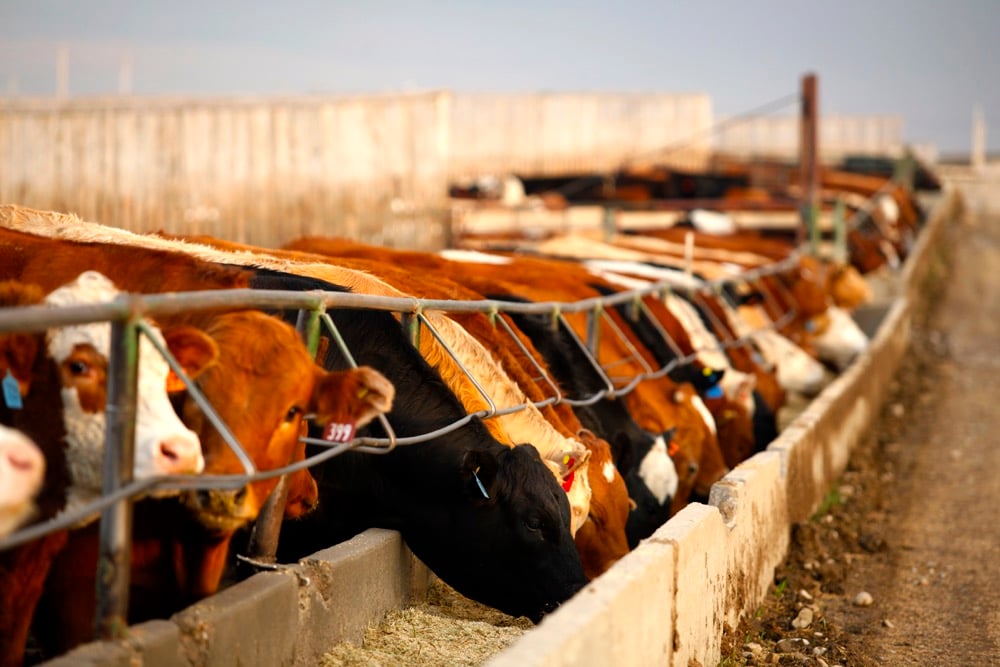Last month we looked at the relationship between forage quality and plant maturity. Our focus was on how fibre levels increase with advancing plant maturity and the resulting negative influence on nutritive value of the forage. A second factor that has a negative impact on forage quality is the reduction in crude protein content that occurs as the plant matures. For example, the Saskatchewan Forage Council recently conducted a two-year survey on nutrient content of tame and native forages. The results averaged over four different soil zones showed that the crude protein content of alfalfa decreased from an average of 22 per cent in the spring to 15 per cent in the fall, while crested wheat grass declined from 11.9 per cent in the spring to 5.5 in the fall. Native species followed a similar pattern going from 13.5 per cent in the spring to 7.3 in the fall. This decline in protein content with advancing plant maturity is typical of pastures across the country and to understand its significance, it helps to have insight into the protein nutrition of cattle.
Read Also

Benefits to farmers of testing forage seed
When establishing a new forage stand that will ideally be productive for five or 10 years, producers want to set…
- More from the Canadian Cattlemen: Something to think about
Cattle like all mammals require protein as part of their diet. The requirement, however is not for protein per se; it is for amino acids. Amino acids are the basic building blocks of protein and are required by all mammals for basic body functions including pregnancy, lactation and growth. There are 20 biologically important amino acids that make up plant and animal sources of protein. Ten of these are considered essential in the diets of mammals (i.e. the animal cannot synthesize them). Examples include lysine, leucine and methionine. The remaining 10 have important roles; however, they are produced by the animal and thus are considered non-essential. Common to the structure of each amino acid is the presence of a nitrogen-containing amino group (i.e. NH2). This amino group is important to understanding how cattle meet their essential amino acid needs.
In simple stomach animals such as pigs and chickens, the diet is the only source of essential amino acids. Production is limited if the diet is not adequately balanced. Fortunately this is not the case with cattle. As we have discussed previously in this column, the rumen is a site where bacteria ferment feed. This process provides energy to the animal and for bacteria growth, much of which involves protein synthesis.
A unique aspect of this process is the ability of the rumen bacteria to take a poor-quality feed protein source, low in essential amino acids, and convert that protein to high-quality microbial protein. This conversion is the result of the bacteria’s ability to break down amino acids and utilize the amino groups (i.e. NH2) to resynthesize both essential and non-essential amino acids. It is for this reason that it is also possible to feed cattle non-protein nitrogen sources such as urea. In this case, urea is hydrolyzed in the rumen to ammonia (NH3) and used by the bacteria to synthesize amino acids. This microbial protein and its essential amino acids are available to the animal for digestion when the bacteria pass out of the rumen and move to the small intestine.
The ability of rumen microbes to synthesize amino acids which ultimately become available to the animal as microbial protein is the reason why in most production situations we do not worry about feed protein quality. Rather we focus on protein content and the availability of that protein to rumen bacteria.
In order to understand the significance of this last statement let’s look at how feed protein is characterized for ruminants. The most common protein term you will encounter is crude protein. As the name implies, crude protein is a rough measure of the protein content of a given feed. It is based on a chemical analysis that measures nitrogen content. The crude protein percentage is calculated by multiplying the nitrogen content of the feed by a constant, typically 6.25. It does not consider amino acid content.
As discussed above, this is not a concern in most production situations involving beef cattle. We are however concerned with the availability of the protein to rumen bacteria. To this end we classify feed protein sources as to their rumen availability. Rumen degradable protein (RDP) is feed protein that is readily available to rumen bacteria while rumen undegradable protein (RUP) is not available. This latter protein fraction bypasses the rumen and may or may not be available for digestion in the lower gut. Most feed sources provide a combination of RDP and RUP, the relative ratio depending on feed type. For example, alfalfa and barley silage are high in RDP while corn silage has a higher RUP content. Lush green pasture not only has higher crude protein content than mature pasture but also a higher RDP content.
One might ask why care about feed crude protein content and its rumen degradability? The short answer is that RDP supports the growth and fermentation activity of the rumen bacteria which, in turn, provides the animal with its energy and protein needs. Lack of RDP can mean a reduction in performance. In next month’s column we will explore situations where strategic protein supplementation can make a difference in your bottom line.
















